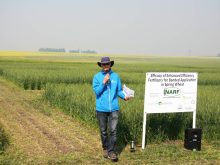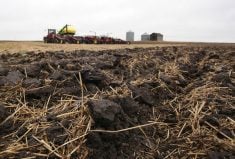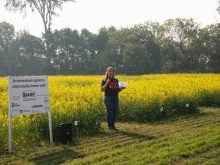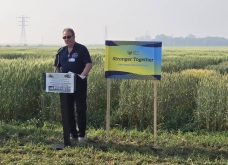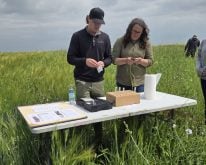Scientists still struggle to accurately measure how much carbon is stored in soil and how soil carbon is changing over time.
To get a better handle on that mystery, researchers from the University of Saskatchewan, the University of Guelph and other institutions are conducting a case study at a 32,000-acre farm near Moosomin, Sask.
“We’re really excited to be involved in this study as it demonstrates our interest, willingness and optimism that carbon credits can provide another stream of revenue for Canadian farmers without jeopardizing agricultural output,” says Kristjan Hebert, president of the Hebert Group, a group of companies that includes Hebert Grain Ventures.
Read Also
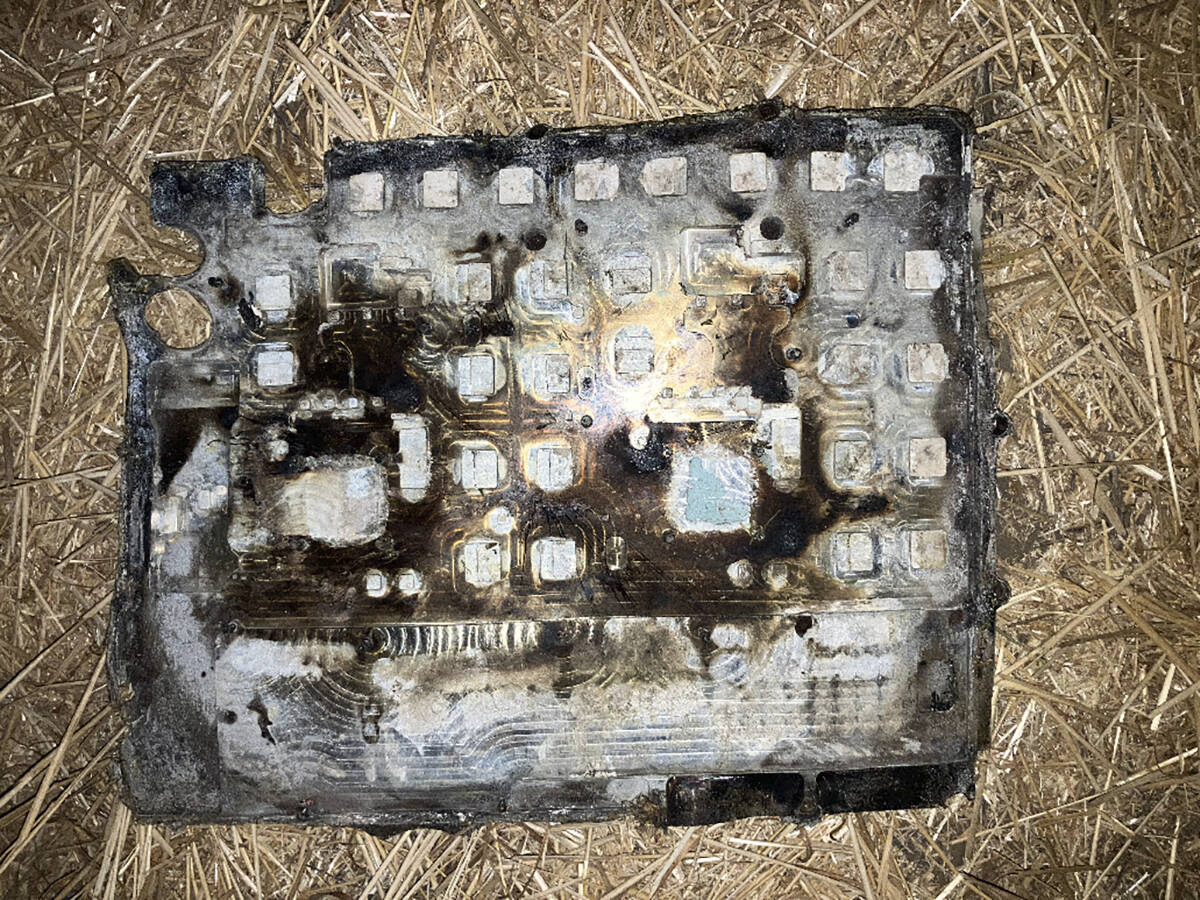
Farmers asked to keep an eye out for space junk
Farmers and landowners east of Saskatoon are asked to watch for possible debris in their fields after the re-entry of a satellite in late September.
An organization called CANZA (Canadian Alliance for Net-Zero Agri-Food) is supporting the research project.
The Royal Bank of Canada, in partnership with Maple Leaf Foods, Nutrien, Loblaws and other firms, founded CANZA to help farmers reduce greenhouse gas emissions.
“CANZA came together as we recognized a strong need in agriculture for potential net-zero solutions, and started researching and publishing reports on the sector,” RBC said April 3.
The research at Hebert’s farm will begin this spring and last for 12 months.
The main idea is to study techniques such as remote sensing and spectroscopy to see if those technologies can measure soil carbon accurately and quickly.
Researchers include Angela Bedard-Haughn, a soil scientist and dean of the U of S’s College of Agriculture and Bioresources.
However, measuring soil carbon is complex for a number of reasons. One of the complicating factors is soil depth.
If researchers measure the carbon losses in a top layer of soil, the result is much different from losses at a depth 50 centimetres.
“A lot of the data saying we’ve lost 50 or 60 percent of our carbon (from) our prairie soils since cultivation are true, (but) that’s a decrease … in a very surface layer (of soil),” said Ben Ellert, an Agriculture Canada research scientist who specializes in greenhouse gases and land-atmosphere exchanges.
“Out of our zero to one metre (depth), we’ve probably lost 10 (percent), so it depends.”
There are multiple practices that can increase soil organic carbon, such as reduced tillage, a diverse crop rotation and perennial crops.
However, if farmers want to get paid for sequestering atmospheric carbon in the soil, they will need an efficient and accurate way to measure the impact of beneficial practices.
Bedard and others leading the project hope to develop a measurement, reporting and verification (MRV) system to track changes in soil carbon.
“Rigorous testing of these technologies will ensure we have scientifically defensible methods for quantifying and comparing the impact of management change, over time and across different soil types and climate zones,” she said.
If the first year is a success, the next phase of the research would be testing a prototype MRV system in pilot program during the 2024 growing season.
Contact robert.arnason@producer.com







